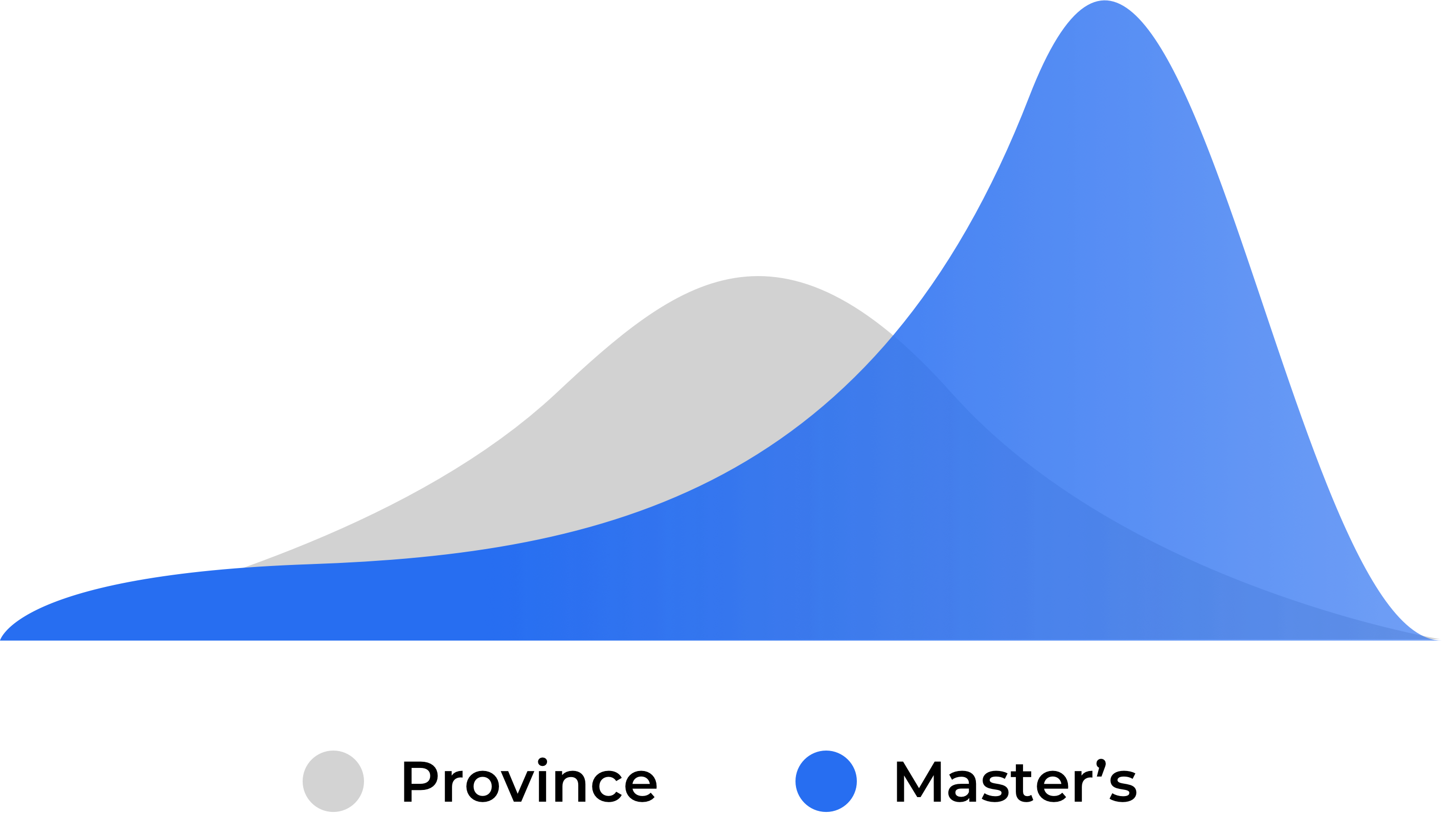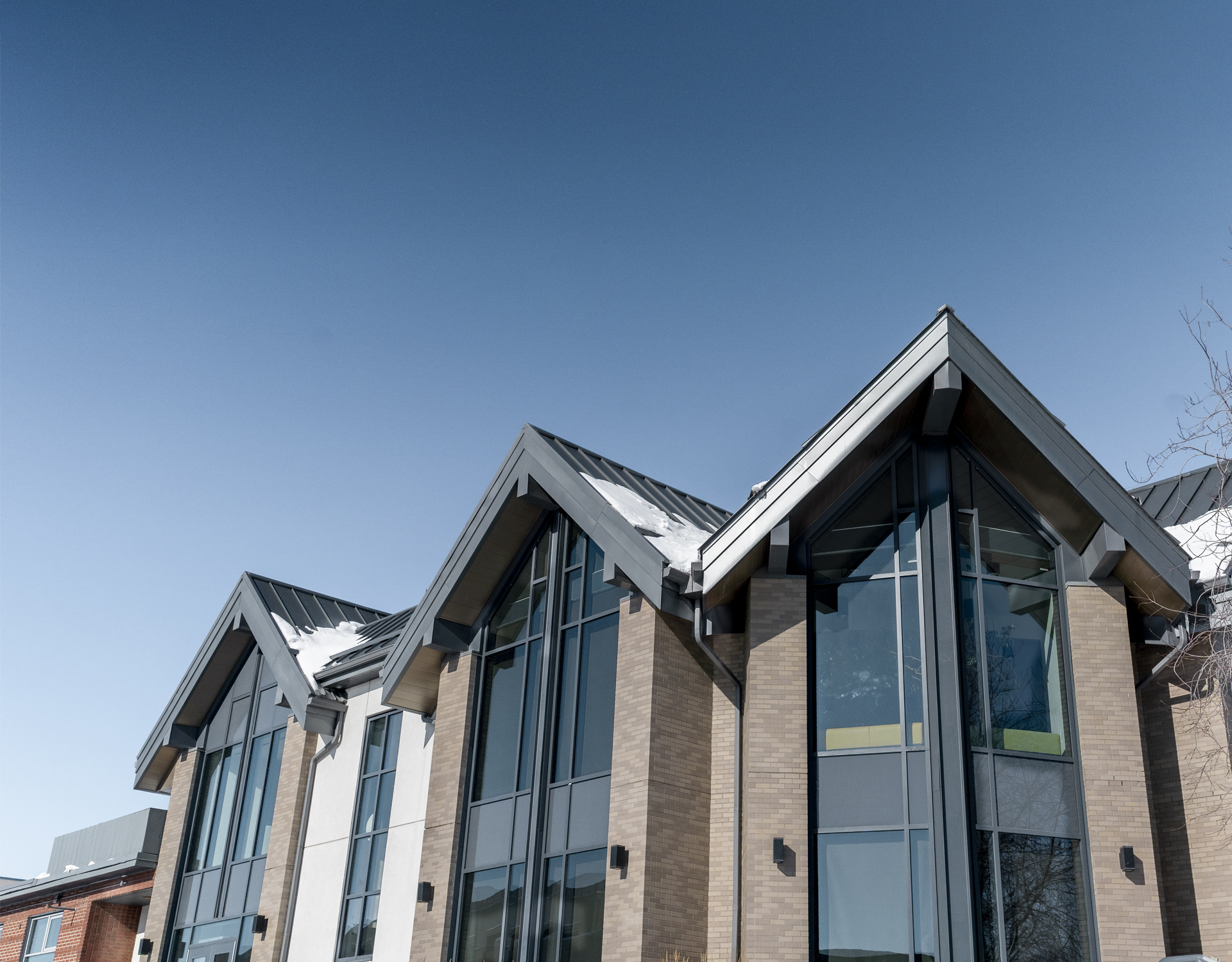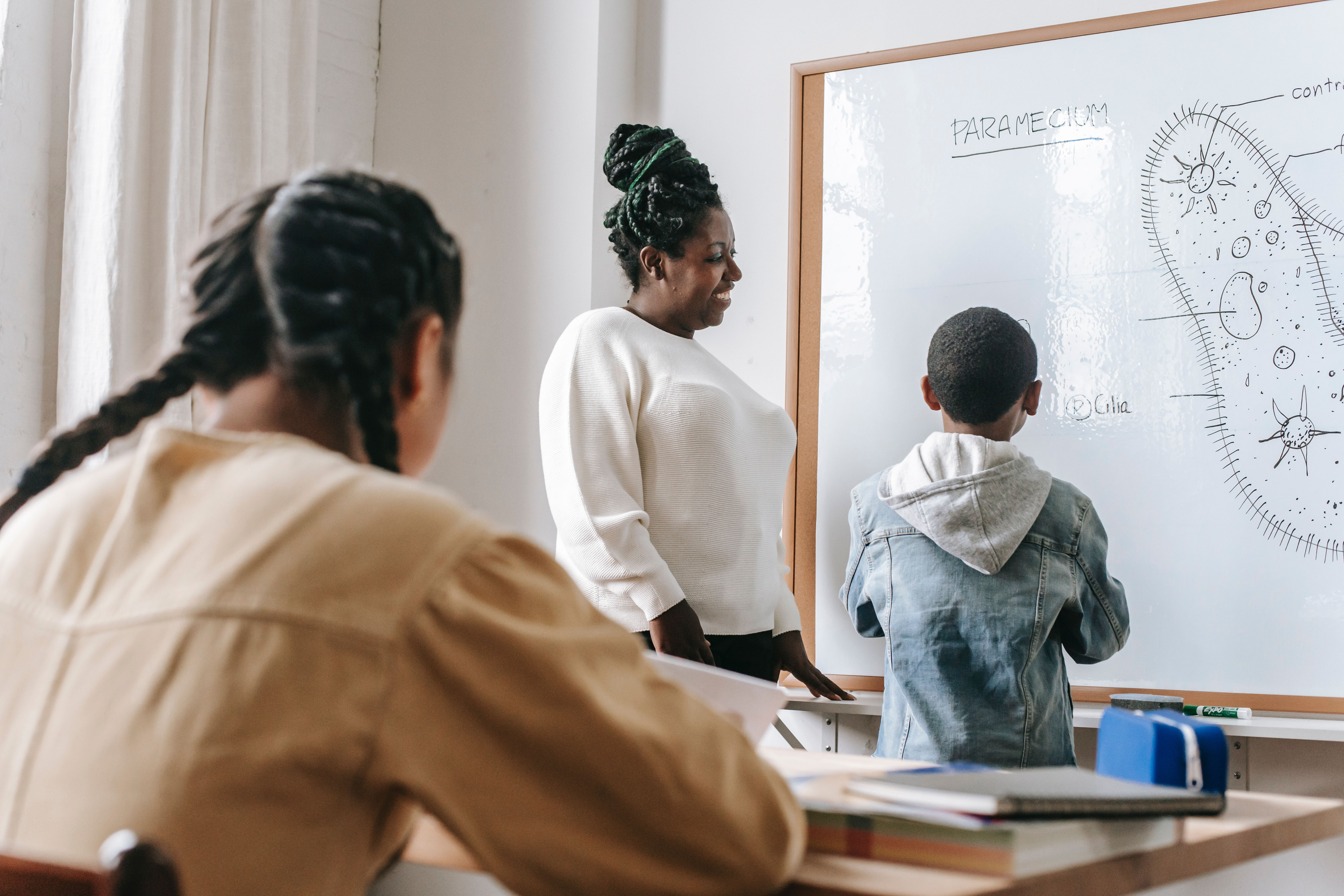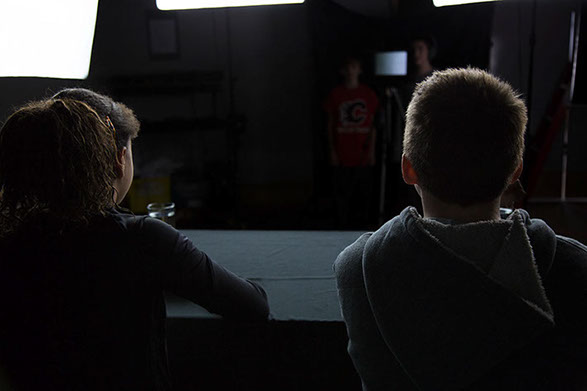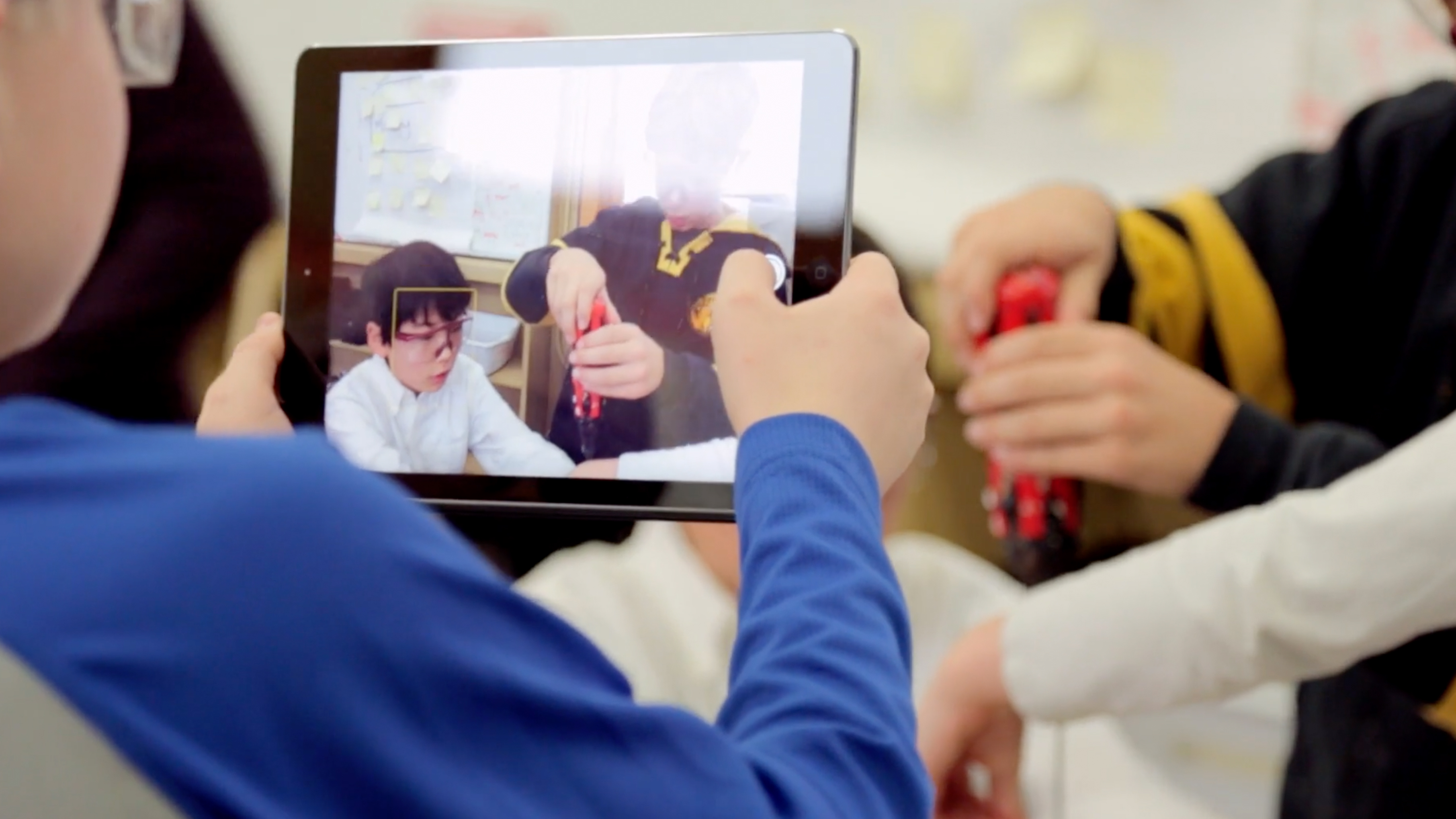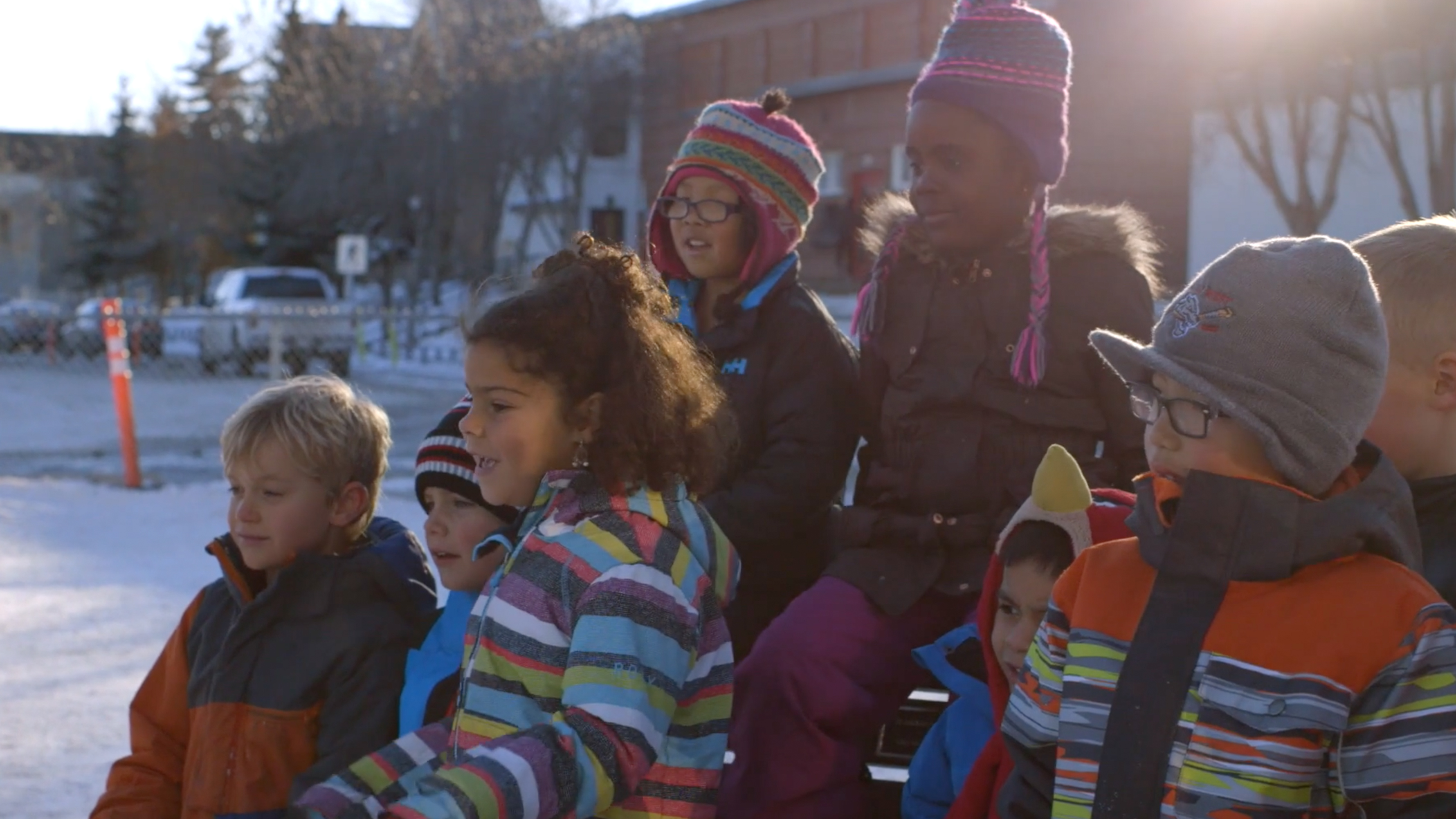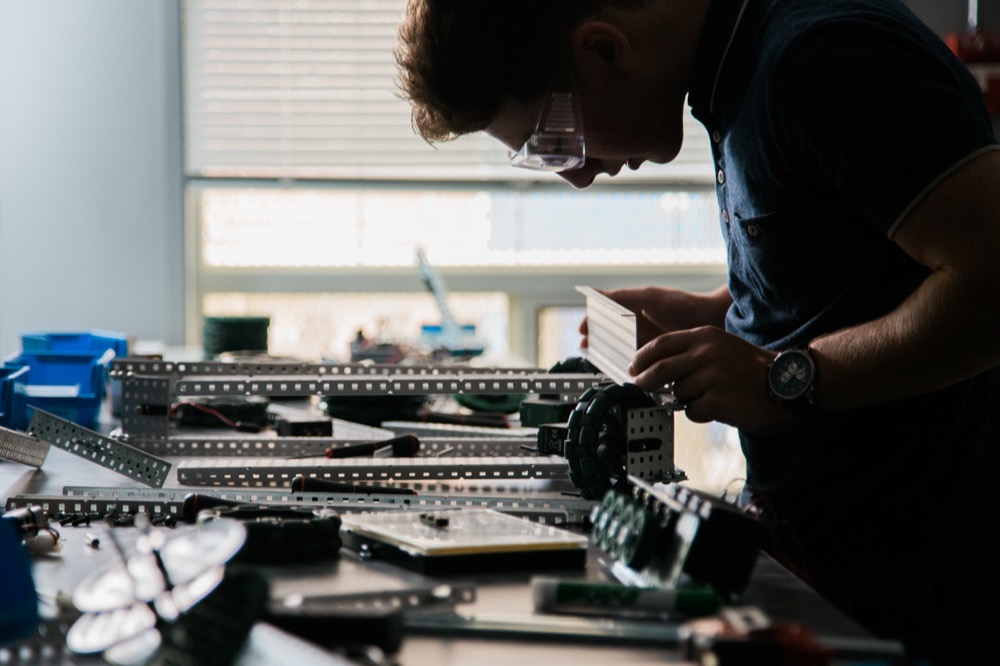Profound Learning
Elevating Students to Reach New Heights Through Empowerment
Profound Learning is an empowerment model of education that elevates student learning to heights not achievable using the traditional ‘command and control’ industrial age model of education. Allowing students to take control of and responsibility for their own learning has proven to increase motivation and the effectiveness of learning. Along with high academic excellence, the Profound Learning model prepares students for their future with a focus on innovation and creativity.


